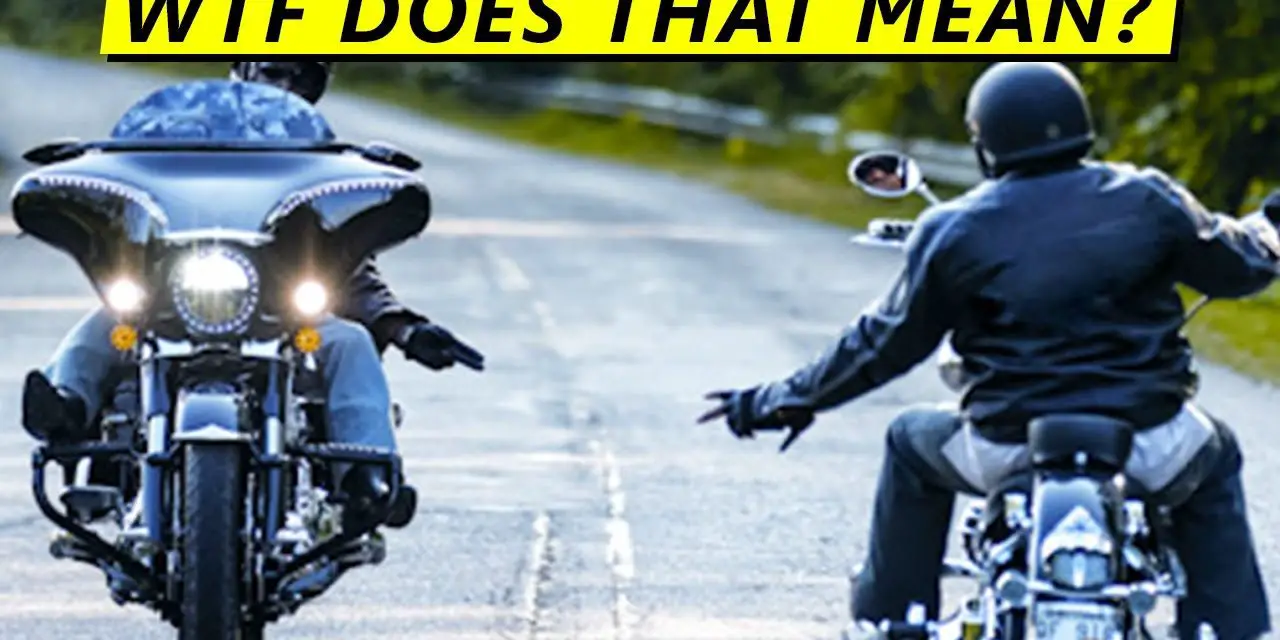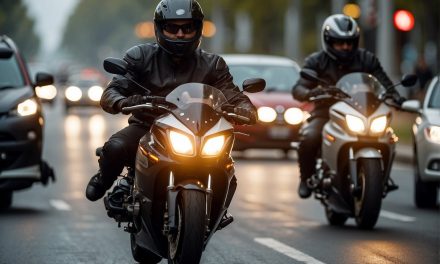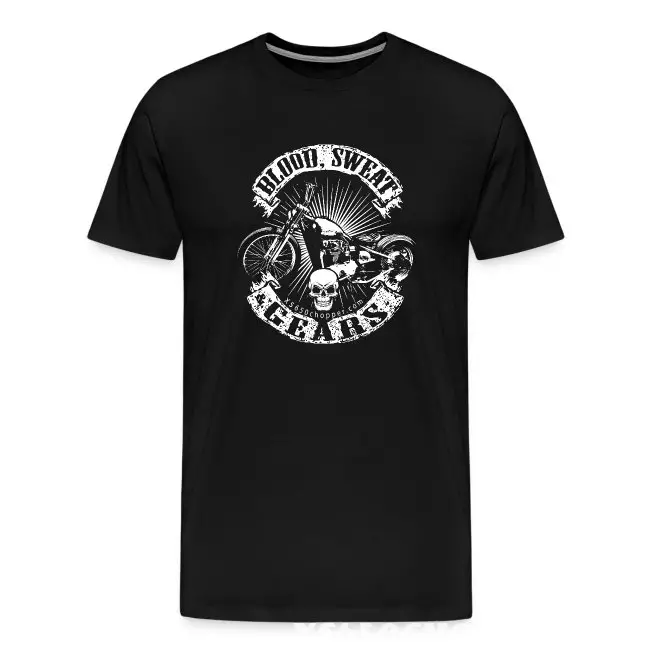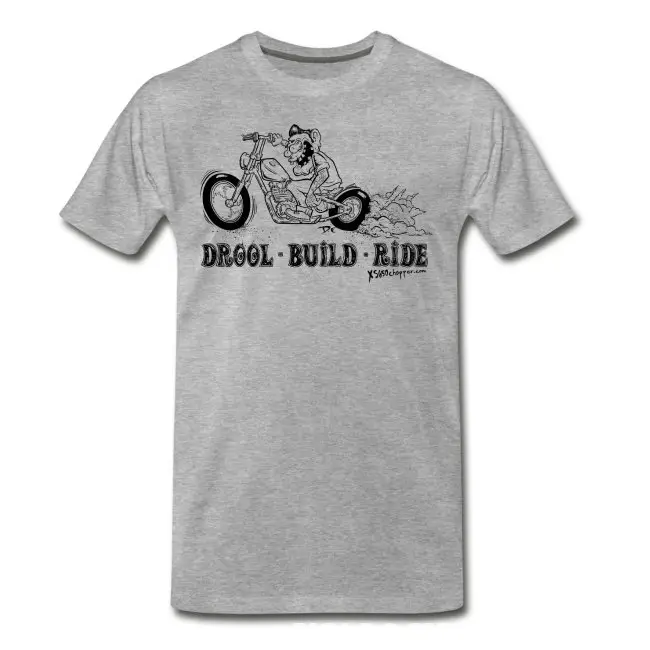If you only drive a car, have you ever found yourself puzzled by the antics of a fellow road user on two wheels? It’s normal to wonder what goes on in the mind of a motorcyclist. Today, you’re in for some clarity as we explore the rationale behind common motorcycle actions that might baffle you.
You can check out the video here and then read the summary below:
1. Hand Gestures and Signals

Motorcyclists often use hand gestures to communicate. When riders extend their left hand with two fingers out, this is more than a greeting—it’s a wish for safety, implying “keep both wheels on the ground.” If you see a rider tapping their helmet, it’s an alert about the presence of law enforcement ahead. And when motorcyclists slow down or change positions in their lane, don’t be hasty to overtake. It’s likely a signal to reduce speed because of a potential hazard.
2. Blinker Quirks
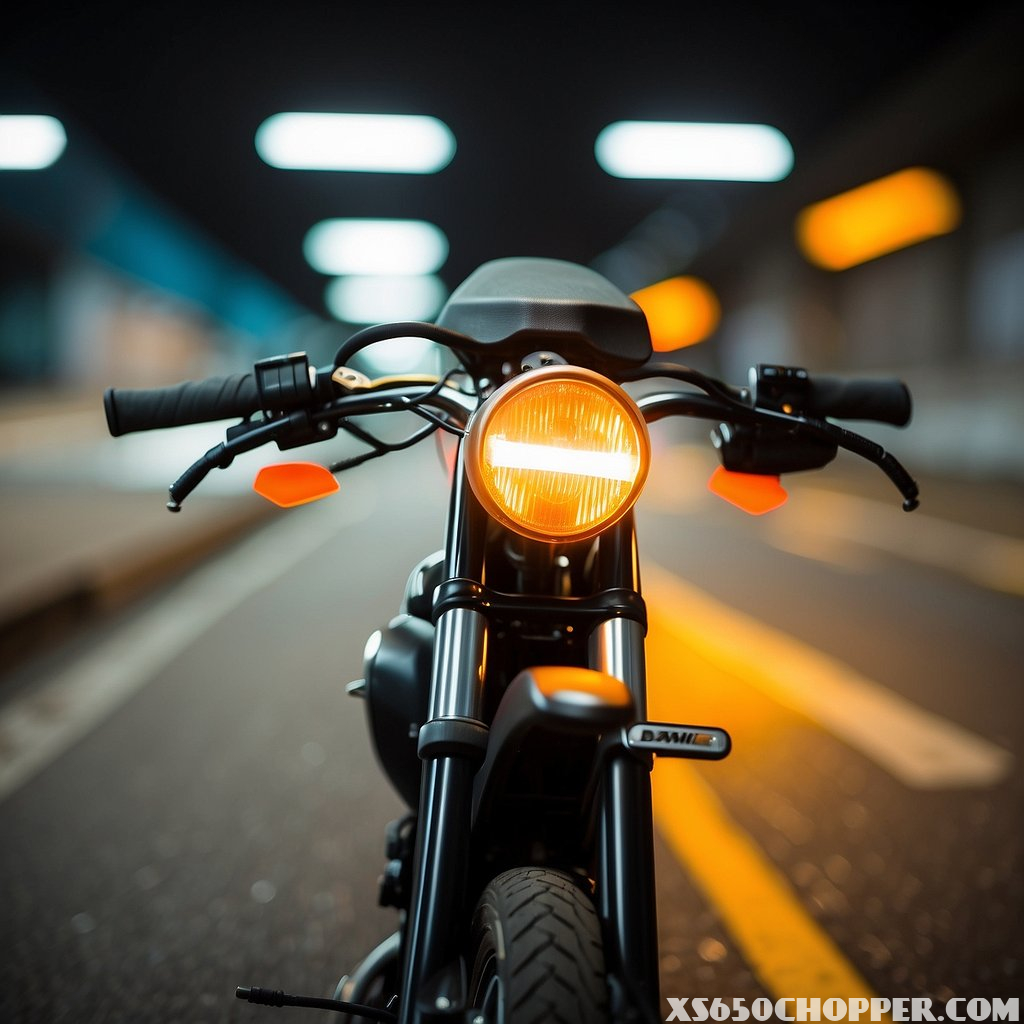
It can be irritating when a motorcycle in front of you has its turn signal blinking endlessly. Before you let road rage kick in, remember that unlike cars, many motorcycles don’t feature self-canceling indicators. It’s easy for riders to forget to switch them off. So, cut them some slack, they’re not ignoring road etiquette on purpose.
3. Acceleration out of Stoplights
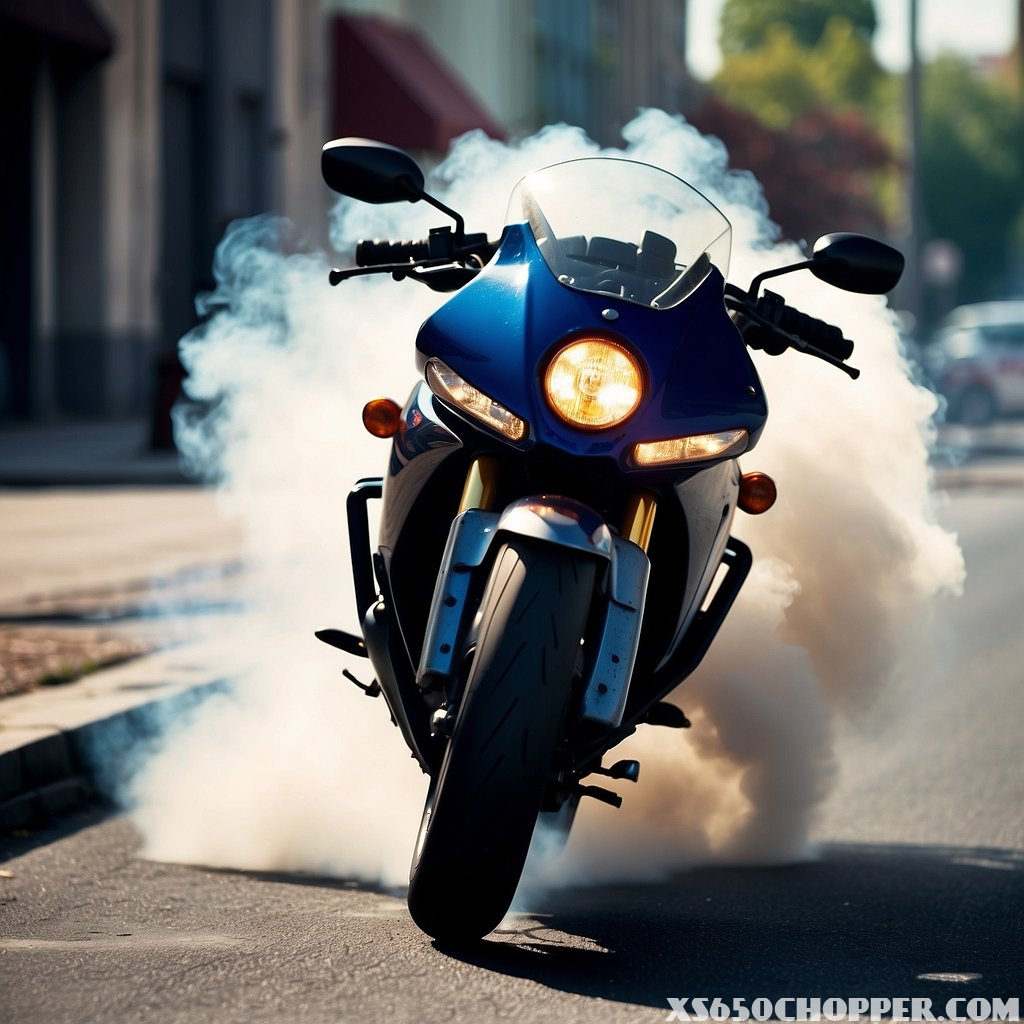
When a motorcyclist zooms away from a stoplight, it might seem like an unnecessary show of speed. It’s not. Motorcycles generally have superior power-to-weight ratios compared to cars. Something like the Triumph Bonneville T120 might seem unremarkable with its 79 horsepower—until you consider its weight. With a power-to-weight ratio that outshines a typical car, it’s no wonder they get off the mark quicker.
4. Cornering and Leaning
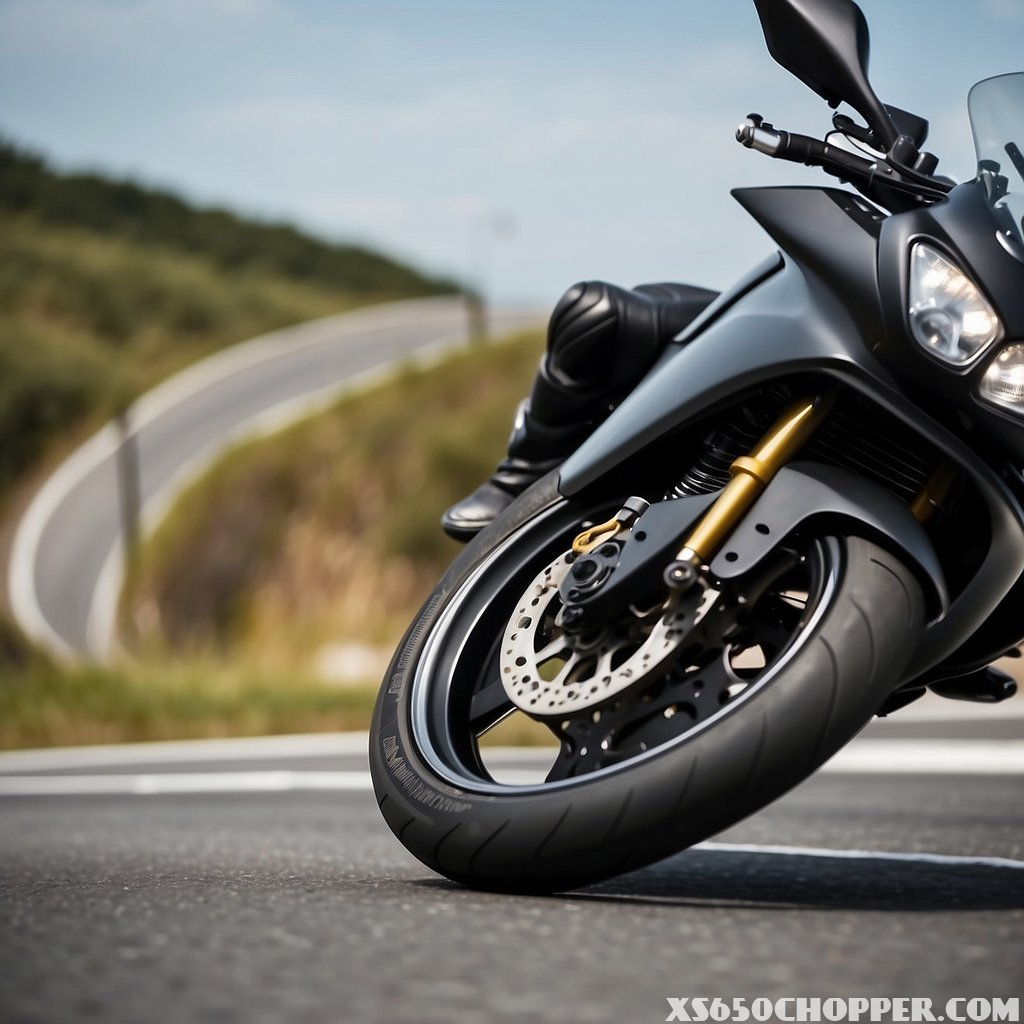
Seeing a rider lean sharply into a turn might trigger concerns for their safety, but rest assured it’s a calculated maneuver. By shifting their weight, riders aim to reduce their bike’s lean angle in turns, keeping more of the tire in contact with the pavement for a faster and more stable cornering experience. While it’s most critical at high speeds or on the racetrack, even on public roads, this technique can enhance safety, especially in less than ideal conditions like rain.
5. Slowing Down Without Turning on Break Lights
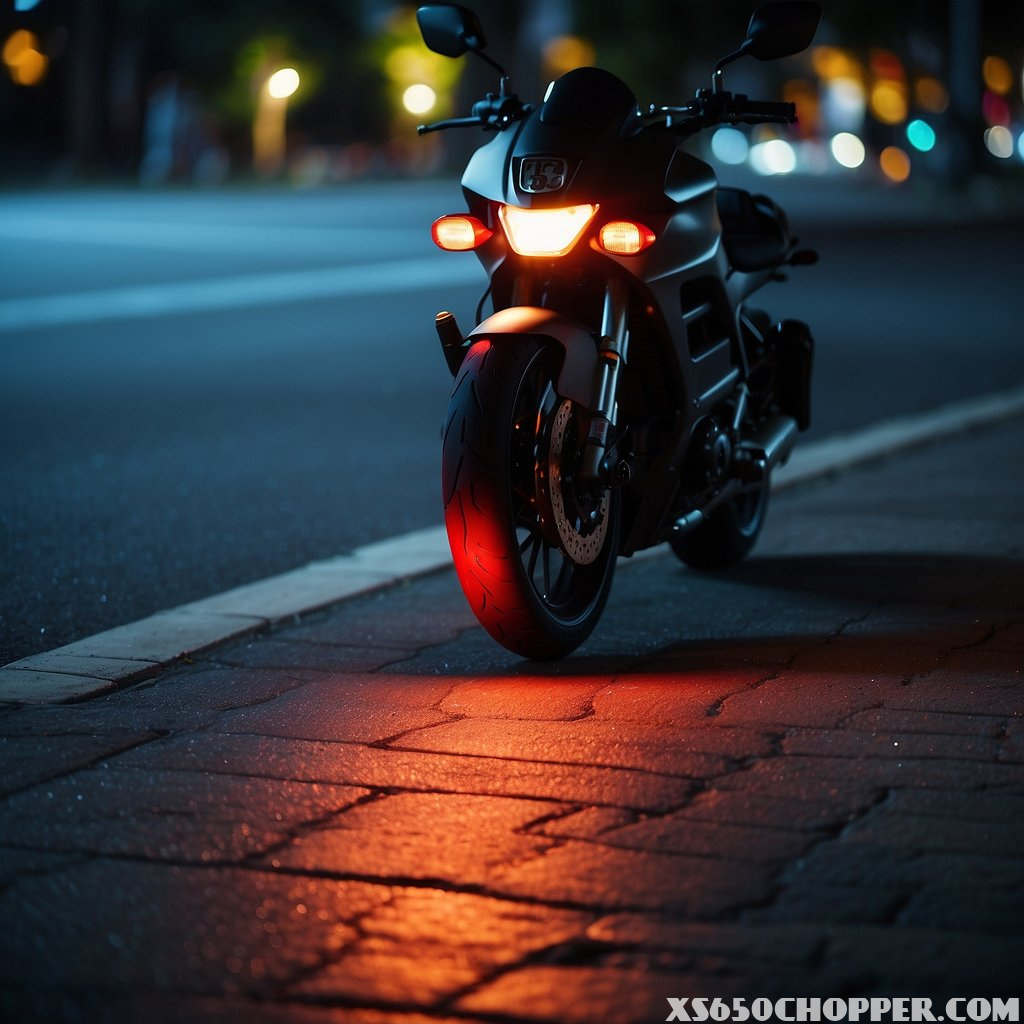
Engine braking is a technique commonly used by motorcyclists to slow down without relying solely on the brakes. By downshifting gears and allowing the engine’s compression to decelerate the motorcycle, riders can effectively control their speed while minimizing wear on the braking system. However, one consequence of engine braking is that it does not activate the brake lights, as no pressure is applied to the brake lever or pedal.
As a result, following motorists may not receive the usual visual cue of a slowing motorcycle, potentially increasing the risk of rear-end collisions. Therefore, while engine braking is a valuable skill for riders, it’s essential to remain aware of its limitations and take additional precautions, such as using hand signals or tapping the brakes lightly, to ensure visibility to other road users.
6. Riders Standing Up On Motorcycle
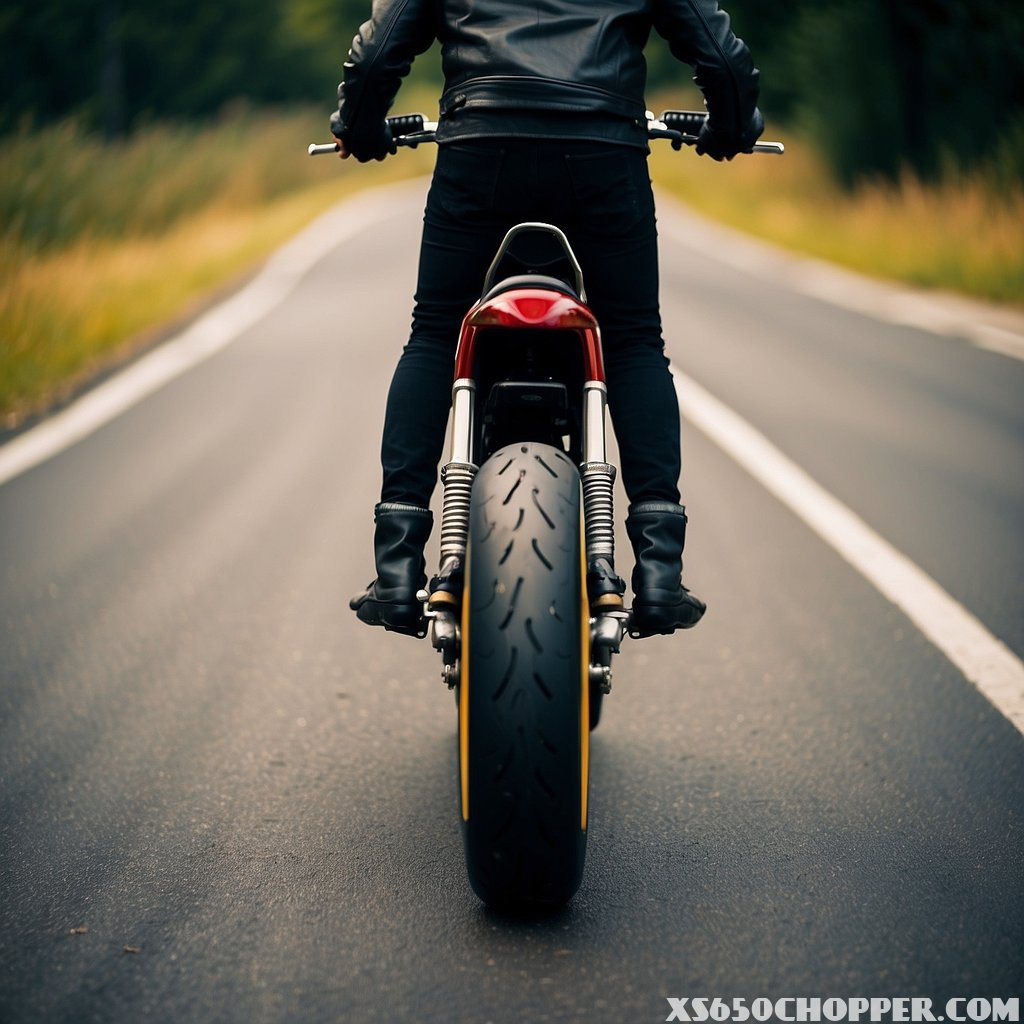
Motorcycle riders stand up on their bikes for several reasons, each serving a specific purpose. Firstly, standing helps absorb impacts from bumps and obstacles encountered off-road, reducing the jolts felt by the rider. Additionally, it provides better visibility over obstacles and traffic, enhancing safety, especially in congested or challenging terrain.
Standing also improves control and maneuverability, allowing riders to adjust their weight and stance for tight turns or uneven surfaces. Moreover, it aids in reducing fatigue during long rides by allowing riders to stretch their legs and alleviate pressure points. Furthermore, standing can increase stability, particularly at high speeds or in adverse weather conditions, by distributing weight more evenly.
Overall, standing up on a motorcycle is a versatile technique that enhances comfort, control, visibility, and stability, whether riding on or off-road.
7. A Dirtbike On the Street?
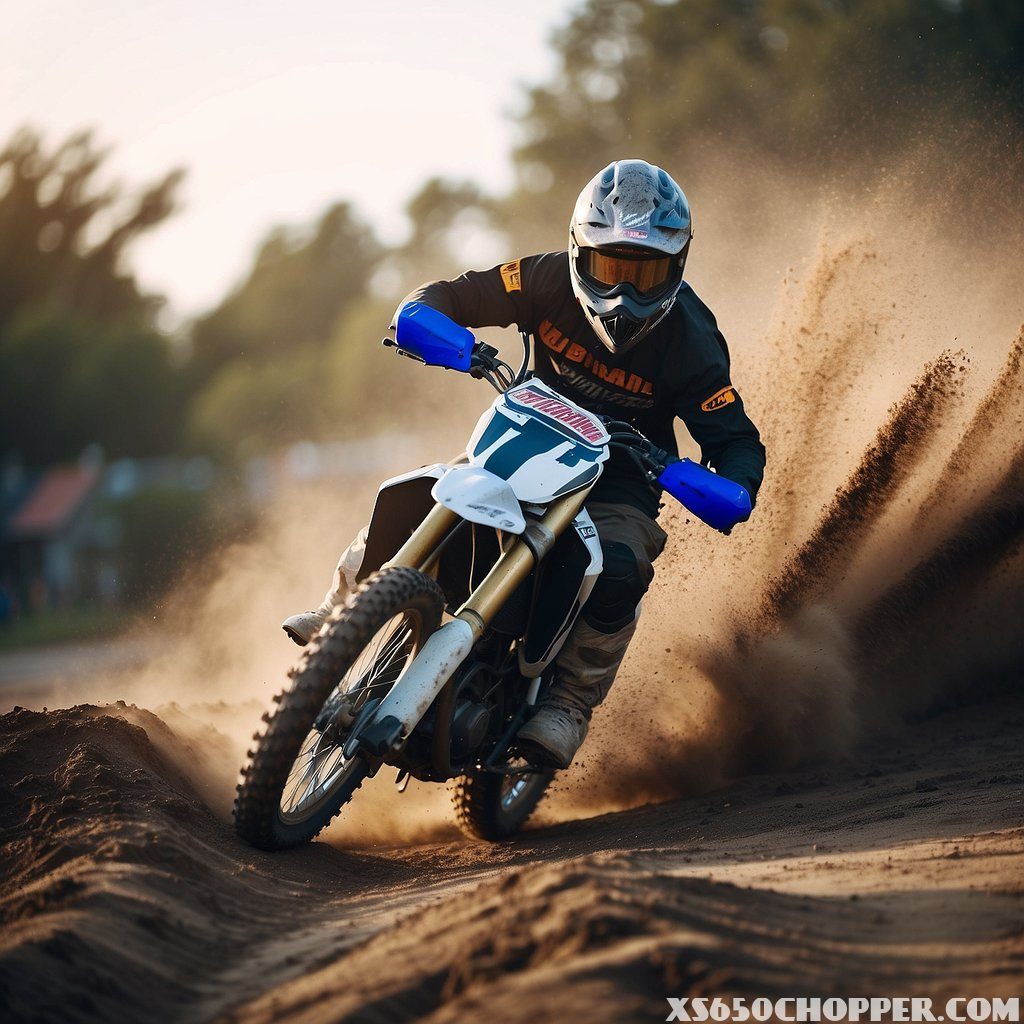
Yes, there are dual-sport motorcycles, also known as dual-purpose or on-off-road motorcycles, that are specifically designed to be ridden both on and off-road. These motorcycles are equipped with features that allow them to handle various terrains, including paved roads, gravel, dirt, and trails, making them versatile for riders who enjoy both on-road and off-road riding experiences.
So, next time you share the road with motorcyclists, take a moment to understand these quirks and gestures. A bit of knowledge goes a long way in fostering a smoother and more respectful road-sharing environment. Riding may not be everyone’s choice, but understanding each other’s actions can make the road a harmonious place for all.

